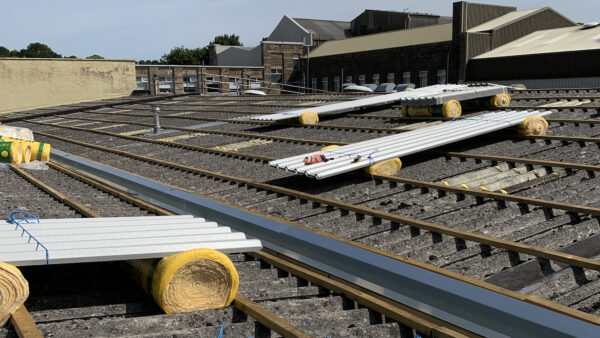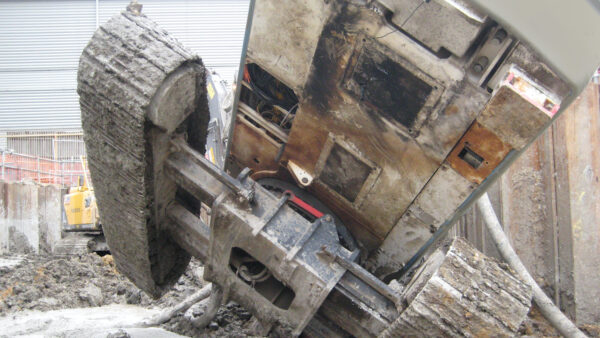
Falls from height are still the biggest killer in construction
The latest “blitz” of inspection visits on 1,908 refurbishment sites across the country found almost half – 46% – fell below acceptable standards. For the first time, many clients and designers also received improvement notices under CDM 2015.
HSE targeted small refurbishment sites during the month-long drive, from mid-September to mid-October, serving 983 notifications of contravention where there was a “material breach” of health and/or safety.
In addition, there were 432 prohibition notices, where specific onsite activities had to be stopped immediately, and 260 improvement notices, where the site team had to draw up a plan to improve safety procedures.
An HSE spokeswoman explained that this year’s enforcement campaign, the first to take place under the revised CDM 2015 regulations, was also the first that sought to “track back” responsibility for safety breaches to clients and design teams.
“It is disappointing that some small refurbishment sites are still cutting corners and not properly protecting their workers. Falls from height are the most common killer in the industry but we still found workers put at risk to save minutes on the job.”
Peter Baker, HSE
“This was a new area, to make sure clients and designers are following the regulations and helping them understand their responsibilities under the new regulations,” she commented.
However, she was unable to provide figures on the number of improvement notices served to clients and design consultants.
Inspectors discovered immediate risks, such as work at height, and sites where workers were being exposed to silica dust and asbestos.
Peter Baker, the Health and Safety Executive’s chief inspector of construction, said: “It is disappointing that some small refurbishment sites are still cutting corners and not properly protecting their workers. Falls from height are the most common killer in the industry but we still found workers put at risk to save minutes on the job – believing it wouldn’t happen to them.
“The misconception that health issues cannot be controlled is simply not true and ruining people’s lives. Harmful dust, whether silica or wood, is a serious issue and can be managed effectively with the right design, equipment and training. Health effects may not be immediate but the ultimate impact on workers and their families can be devastating. Each week 100 construction workers die from occupational [diseases].”
But he pointed out that the inspectors also found plenty of evidence of good safety practice.
“Larger construction sites accepted the challenge a few years ago and have made big improvements, which all of the industry can learn from. My message to smaller businesses is don’t wait for an accident or visit from an inspector before you make the change, but act now and learn from your colleagues’ example.”











Comments are closed.